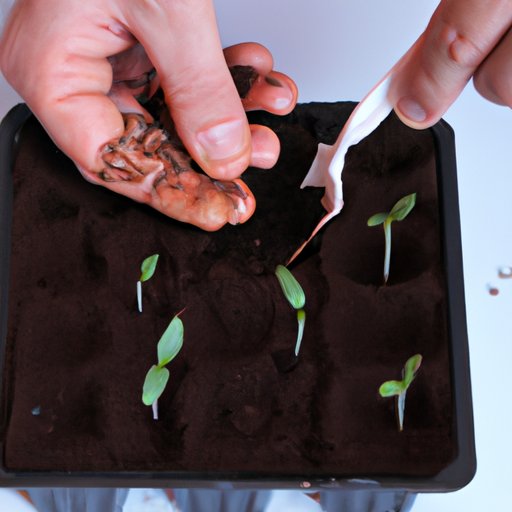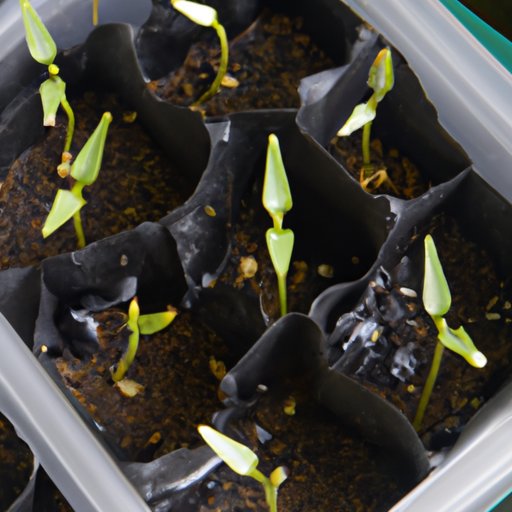
Introduction to Growing Pepper Seeds
Growing pepper plants from seed is an easy and rewarding experience that can provide you with an abundant harvest of fresh peppers. Starting pepper seeds indoors gives you an advantage over buying established plants at a garden center: you can choose from a wide variety of pepper varieties and have more control over the growing conditions of your plants.
Advantages of Growing Peppers from Seed
Growing your own pepper plants has several advantages over purchasing already established plants at a garden center. For one, you get to choose from a wider variety of pepper types than you would find at a nursery. You also have more control over the growing conditions, as you can start the seeds indoors in a controlled environment and then transplant them outdoors when they are ready. Finally, growing your own pepper plants from seed saves money since you don’t have to purchase the plants from a store.
Research the Best Type of Pepper for Your Climate and Growing Conditions
Before you begin growing pepper seeds, it’s important to do some research to determine which type of pepper is best suited for your climate and growing conditions. Different pepper varieties require different amounts of sunlight and water, so it’s important to choose one that will thrive in your particular area. You can research this information online or ask a local nursery for advice.
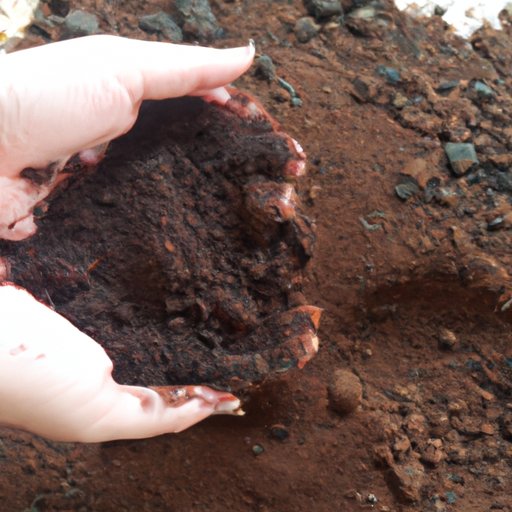
Prepare the Soil for Planting with Compost or Fertilizer
Once you’ve determined the best type of pepper for your area, it’s time to prepare the soil for planting. Adding compost or fertilizer to the soil will help ensure that the plants get the nutrients they need to grow strong and healthy. It’s also important to make sure the soil is well-drained, as peppers don’t like wet feet.
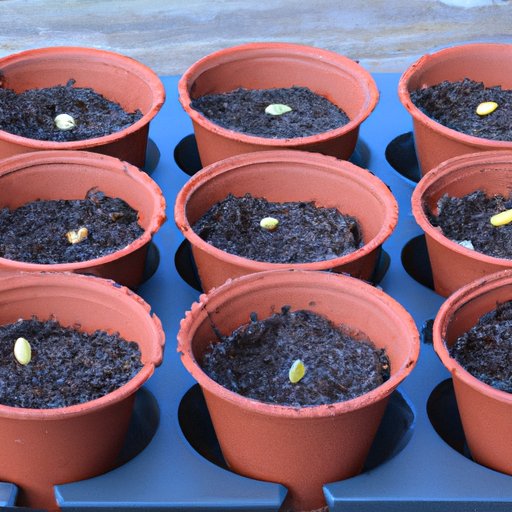
Plant Seeds in Individual Pots at Least 8 Weeks Before the Last Frost Date
Once the soil is prepared, it’s time to plant the seeds. Fill individual pots with potting mix, place a few pepper seeds in each pot, and lightly cover them with the potting mix. Place the pots in a warm, sunny location and water them regularly to keep the soil moist. The seeds should germinate within a few weeks, but it’s best to start the seeds at least 8 weeks before the last frost date in your area.
Provide Adequate Water and Light to Ensure Seed Germination
To ensure that the seeds germinate properly, it’s important to provide them with adequate water and light. Keep the soil moist at all times, but be careful not to overwater the plants. Place the pots in a sunny location and supplement natural light with artificial lighting if necessary. Once the seeds have germinated, you can reduce the amount of water and light they receive.
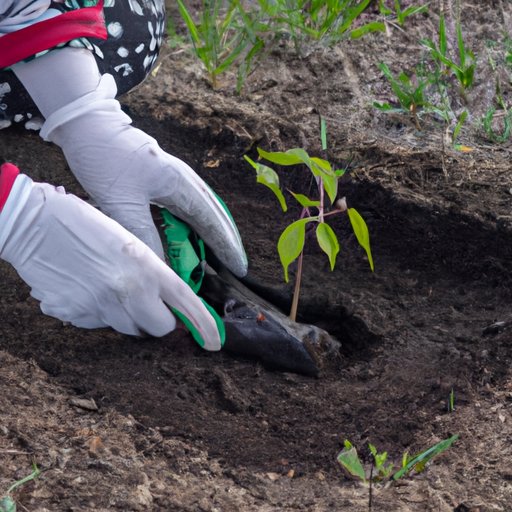
Transplant Seedlings into the Garden When They Are Ready
Once the seedlings are a few inches tall, they are ready to be transplanted into the garden. Choose a sunny spot in the garden and dig holes that are twice as wide and deep as the pots the seedlings are in. Carefully remove the seedlings from their pots and place them into the holes, making sure to fill in any gaps with soil. Water the seedlings thoroughly and continue to water them regularly to ensure that the plants stay healthy.
Conclusion
Growing pepper plants from seed is a great way to get a jump start on the growing season. By doing your research, preparing the soil, planting the seeds, and providing adequate water and light, you can ensure that your pepper plants will thrive. Transplanting the seedlings into the garden when they are ready will give you an abundant harvest of fresh peppers in no time!
(Note: Is this article not meeting your expectations? Do you have knowledge or insights to share? Unlock new opportunities and expand your reach by joining our authors team. Click Registration to join us and share your expertise with our readers.)
